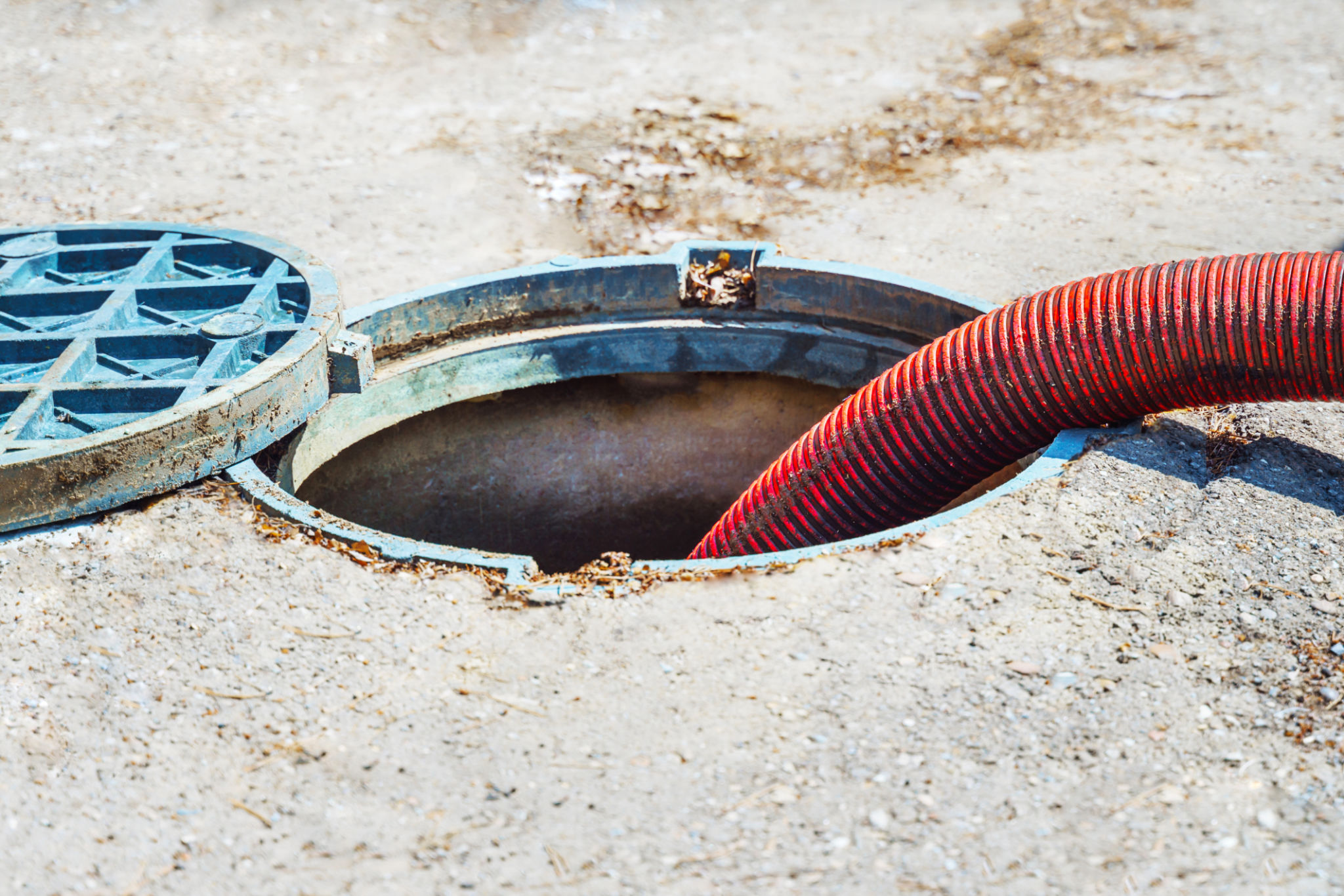A Beginner's Guide to Digging Septic Systems: Tools and Tips for Hawaii Homeowners
Understanding the Basics of Septic Systems
Septic systems are essential for homes not connected to municipal sewer lines, particularly in rural areas like many parts of Hawaii. They offer a reliable method for waste management by treating and disposing of household wastewater. Understanding how these systems work is crucial for homeowners considering installation or maintenance.
A typical septic system comprises a septic tank and a drain field. The tank collects wastewater from the home, allowing solids to settle and break down through bacterial action. The liquid effluent then flows into the drain field, where it is further purified as it percolates through the soil.

Essential Tools for Digging Septic Systems
For those ready to tackle a septic system project, having the right tools is vital. Here are some essential tools you’ll need:
- Excavator or Backhoe: Essential for digging large trenches for the tank and drain field.
- Shovels and Spades: Useful for detailed digging around tight corners and edges.
- Laser Level: Helps ensure the trenches have the correct slope for proper drainage.
- PVC Pipe Cutter: Needed for cutting pipes to the correct length.
Investing in quality tools can make the process more efficient and reduce the risk of errors that could lead to costly repairs.

Preparing Your Site
Before you begin digging, site preparation is crucial. Start by identifying the location of existing utility lines to avoid damaging them during excavation. Contact local utility companies in Hawaii for assistance with marking these lines.
Next, plan the layout of your septic system. Consider factors like soil type, slope, and the proximity to water sources or property lines. It's also essential to obtain any necessary permits from local authorities before starting work.

Digging Tips for Hawaiian Terrain
Hawaii's unique terrain offers both challenges and opportunities when installing a septic system. The volcanic soil can be rocky, making it difficult to dig. Use an excavator with a powerful hydraulic system to handle tougher grounds.
Due to the island's diverse climate, consider the impact of rainfall on your project. Ensure trenches are properly sloped to prevent waterlogging and potential system failure. Regularly check weather forecasts and plan your digging schedule accordingly.
Installing Your Septic System
With the site prepared and trenches dug, it's time to install the septic tank and drain field. Follow manufacturer instructions carefully when placing the tank to ensure it's level and secure. Connect pipes from your home to the tank, ensuring proper seals to prevent leaks.
The drain field should be laid out according to your plan, with pipes evenly distributed across the area. Cover the field with gravel and soil, ensuring everything is compacted properly to prevent future settling.

Maintaining Your System
Once installed, regular maintenance is critical to keep your septic system functioning efficiently. Schedule routine inspections and pumping every 3-5 years, depending on usage. Avoid flushing non-biodegradable items down drains, as they can clog pipes and damage your system.
Being proactive about maintenance can save you time and money in the long run, ensuring your system remains in good working condition.
Conclusion
Tackling a septic system project as a Hawaiian homeowner might seem daunting, but with the right preparation and tools, it can be a manageable task. By understanding your system, preparing thoroughly, and following best practices for installation and maintenance, you can ensure a successful outcome that supports your home's waste management needs for years to come.
